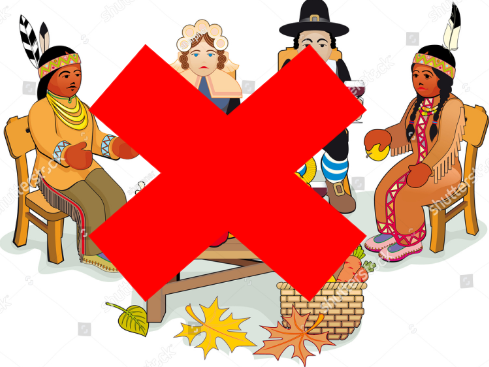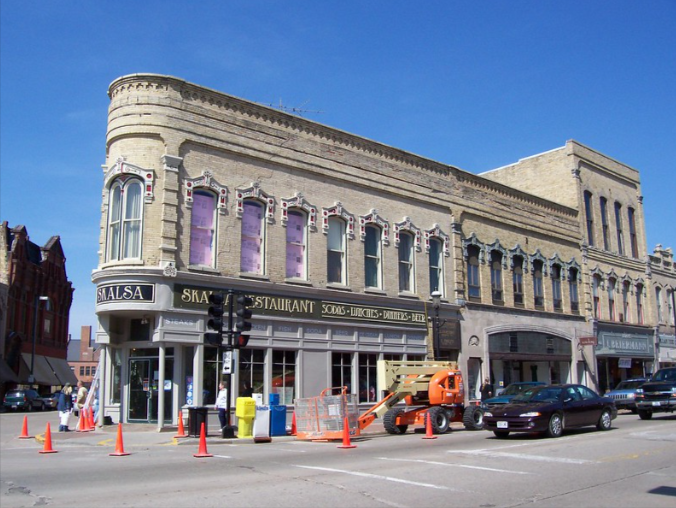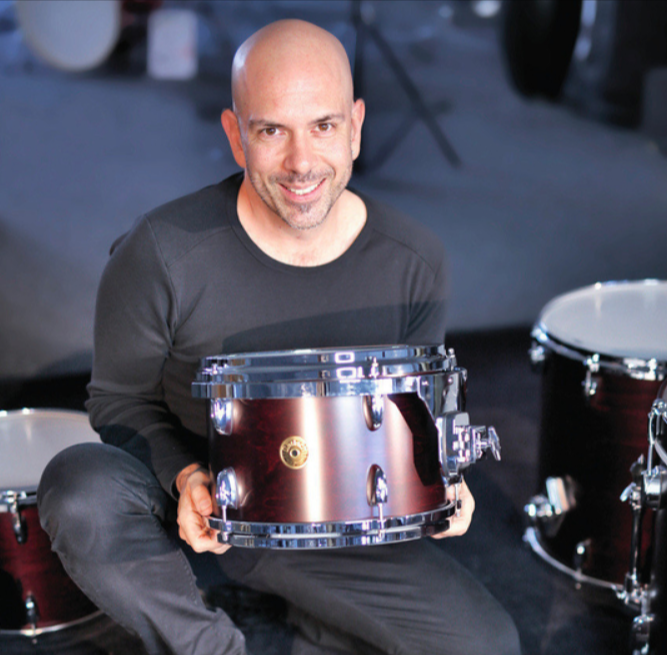
In schools, Thanksgiving plays and celebrations show a cheerful story of how the holiday started, with children oftentimes dressing in pilgrim hats and headdresses. The tradition functions as a reason to come together as one and forgive and forget differences.
However, the actual truth of Thanksgiving–the bloody violence, genocide of Native Americans and settler colonialism–drastically opposes how the holiday is celebrated today.
“The First Thanksgiving” story commonly states that when English pilgrims arrived in the U.S, they had a feast with the Indigenous people, showing their gratitude for them after they taught the pilgrims how to cultivate the land’s resources. This story is usually taught and told as an romanticized account of the relationship between Indigenous people and U.S settlers, seen the most in schools. Children’s literature and television sells this false version as well.
The dark truth is that the Native American people and settlers never got along.
Countless wars were fought between Native Americans and settlers, caused by settler colonialism. The Pequot War started in 1636, and contrary to the bright First Thanksgiving story, there was nothing but bloodshed. Tension led to many battles after the British competed to control trades in Connecticut, causing the Pequot Massacre of 1637 which killed an estimated 500 Pequot people and caused many to flee their land. The war ended with the Treaty of Hartford, which broke apart the Pequot nation.
The British openly called for the mass decimation of Native Americans, as demonstrated in 1763 when the British gave Native Americans two blankets and a handkerchief infected with smallpox, writing “Out of our regard to them [Native Americans]… we gave them two blankets and an handkerchief out of the Smallpox Hospital. I hope it will have the desired effect.” Smallpox directly affected the Cherokee Tribe, wiping out 50% of the Cherokee population.
Settlers forced millions of Native Americans to leave their homes, using manifest destiny to justify their colonialism. When they refused, they were killed or left with no choice but to flee. The stealing of Indigenous land not only displaced Native Americans, but it also robbed many of their identities. Today, many Native Americans live on reservations or in the cities, but many don’t feel connected to their identity.
The colonial era was neither the start or end of the brutal treatment of Indigenous people in the United States, and we can still see the aftermath of these moments today. The myth of the “First Thanksgiving” only adds insult to the injury, as it brushes over the long and brutal past of settlers and Native Americans, painting a false image of peace and harmony. Instead of feeling guilty about this, remember the truth and take a lesson from it. Being thankful means treating others with respect, respecting differences and remembering the truth—even when it’s ugly.
Before celebrating Thanksgiving, it’s important to acknowledge what the holiday stems from, and how celebrating it affects Indigenous groups.





